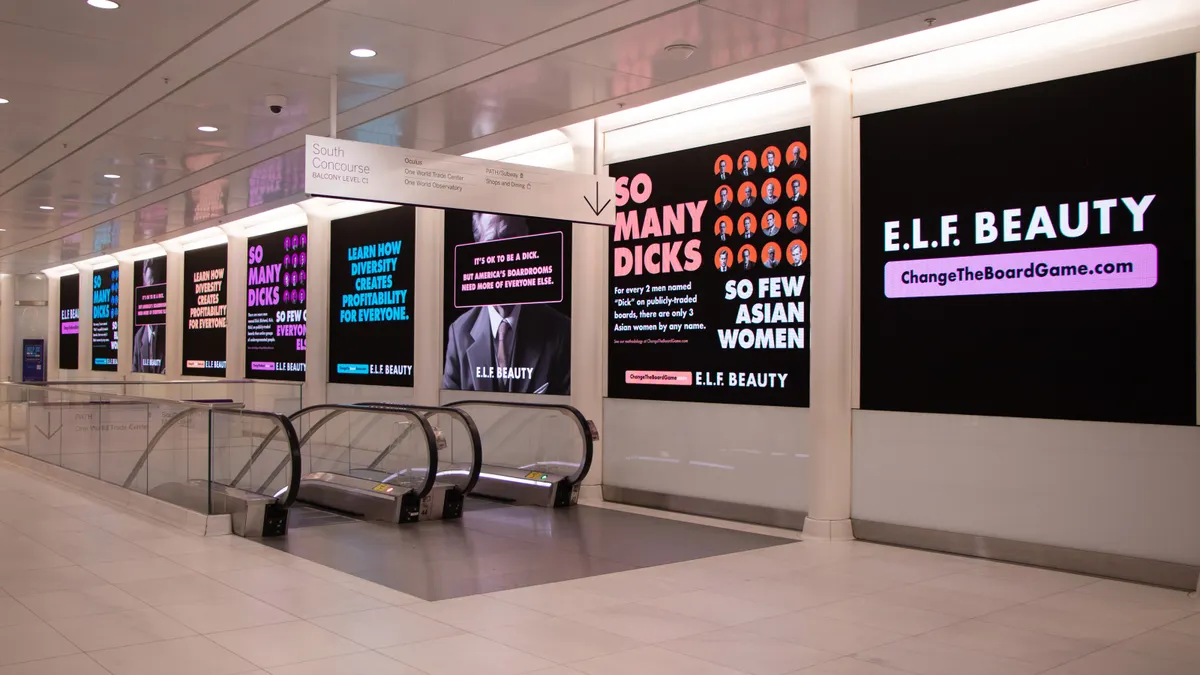Brief:
-
Facebook, the social network whose mobile ad business grew by 52% to about $8 billion in Q2 2017 from a year earlier, said brand advertisers need to adapt TV commercials to the viewing habits of the mobile audience. That means video ads need to make a sales pitch fast, frequently and possibly without sound, according a blog post.
-
On mobile, 47% of a video's value is delivered in the first three seconds, and 74% is delivered in the first 10 seconds — after that, viewer attention starts to decline, according to Facebook’s research. A brand message that appears at the end of a traditional 30-second spot is unlikely to be seen.
-
Facebook created a “pocket television commercial” format, or PocketTVCs, that caters to mobile viewers. The idea is to condense a video ad into a six-second or 15-second spot, depending on where it appears on the company’s mobile app.
Insight:
Facebook recognizes that video ads are a key part of its future sales growth as the ad load on its main app reaches saturation and the company looks for ways to monetize other platforms such as Instagram, Facebook Messenger and WhatsApp. In Facebook’s most recent quarterly earnings call with investors, CEO Mark Zuckerberg and COO Sheryl Sandberg warned that ramping up video ad adoption would be a two- to three-year process that would dampen the company’s sales growth in the short term.
Facebook’s efforts to grow video ads are happening amid skepticism among marketers about the effectiveness of digital media. Procter & Gamble, the packaged-goods giant that spends an estimated $2.4 billion a year on advertising, last month reported cuts of approximately $100 million to $140 million in digital ad spend last quarter because of brand safety concerns and ineffective ads. After cutting back on certain digital ads, “we didn’t see a reduction in the growth rate,” P&G CFO Jon Moeller said this week during a quarterly earnings call with investors. “What that tells me is that the spending we cut was largely ineffective.”
Facebook last month said mobile video ads need to capture the attention of smartphone users immediately because they scroll through their news feed 41% faster on a smartphone than on a desktop, according to a blog post by the company. Engaging creative is a priority when about half of U.S. adults check their phone at least 30 times a day.
Facebook is seeking to make mobile video ads more compelling as ad agencies complain that viewability rates are as low as 20%, according to a report in Digiday. Media buyers are using new auditing capabilities that show Facebook's viewability rate is lacking compared to an industry average of 50%. Agency executives speaking on the condition of anonymity fear Facebook's viewability rates may be even lower still, but that needs to be confirmed with more accurate auditing tools.
Facebook responded to the Digiday report with a statement touting the recall rate for videos that are seen for only a few seconds by mobile users quickly scanning a news feed. "According to independent Fors Marsh Group research, people can recall mobile news feed content at a statistically significant rate after only 0.25 seconds of exposure," said Facebook spokesman Tom Channick. "And a recent Nielsen study showed that 38% of brand recall, 23% of brand awareness and 25% of purchase intent are driven by video impressions that are under two seconds."
Facebook has recently begun to experiment with ads that have the sound off, understanding that many smartphone users will be in public situations where they can't play audio aloud. While videos with sound are generally watched longer, Facebook recommends that ads tell a story visually, using text, graphics and captions to promote silent ad viewing.
Facebook's blog recommends that marketers continually test the platform to see what kind of creative aspects are most compelling to mobile users, especially within the first few seconds of a video. Mark Rabkin, Facebook's vice president of core ads, recommends testing and measuring ads on a weekly cycle rather than the standard of every six months for more accurate viewer data and knowledge of what kind of content users want.
The post also underscores the importance of using text and graphics, as opposed to voice over, to clarify a message; how best to frame creative assets to make the most of the content and space on mobile, and the need to experiment with story arcs and remixes.












